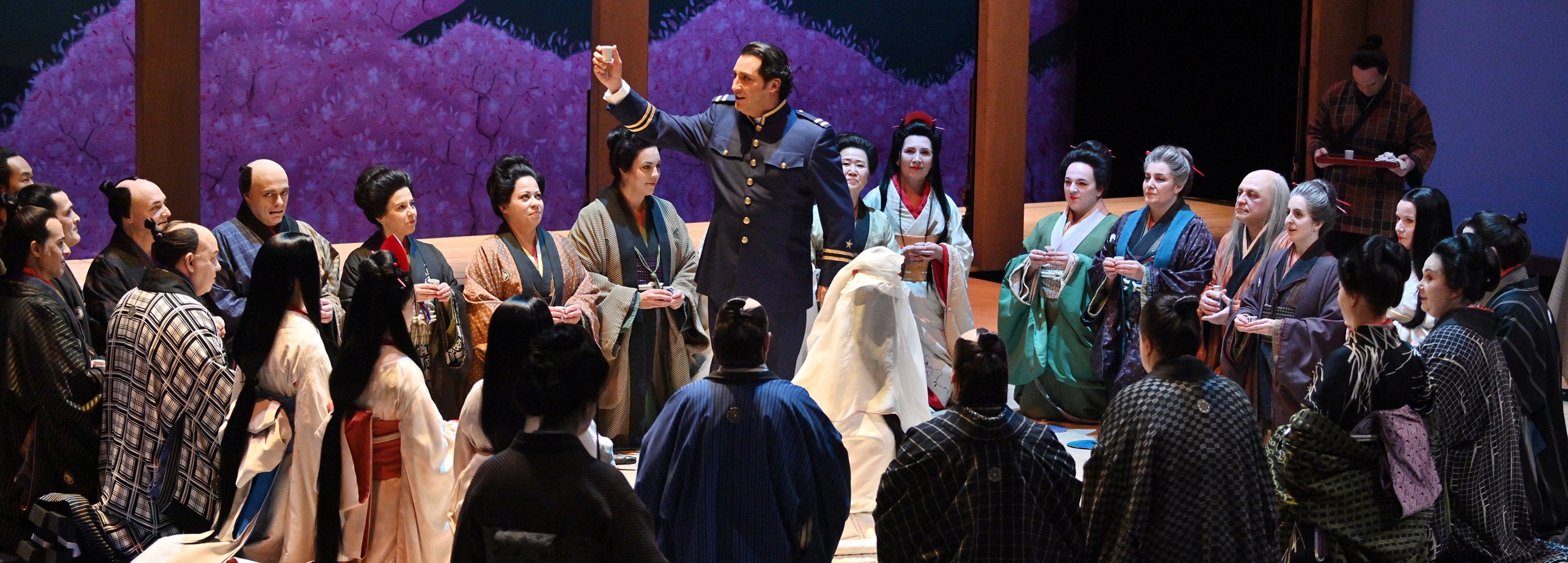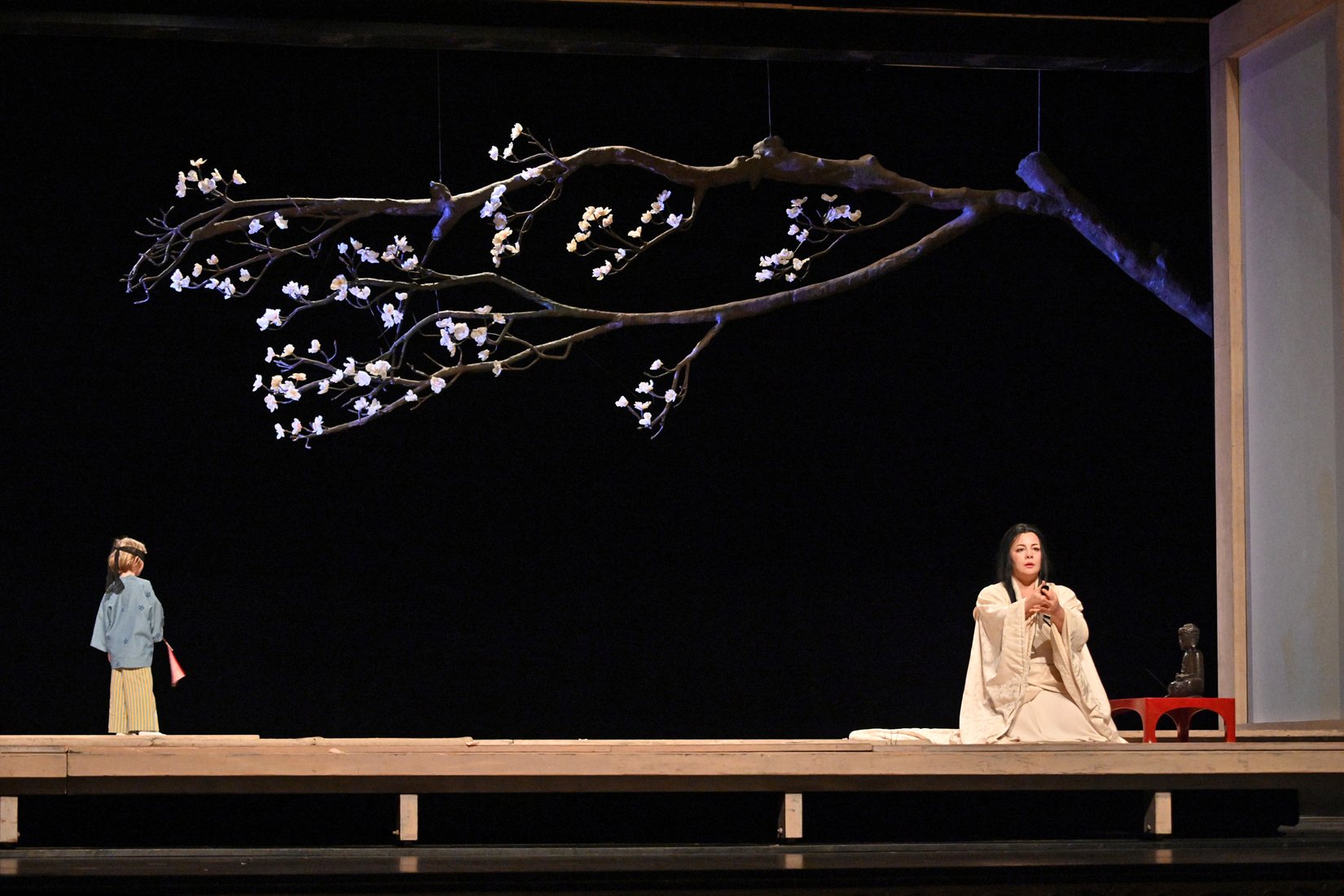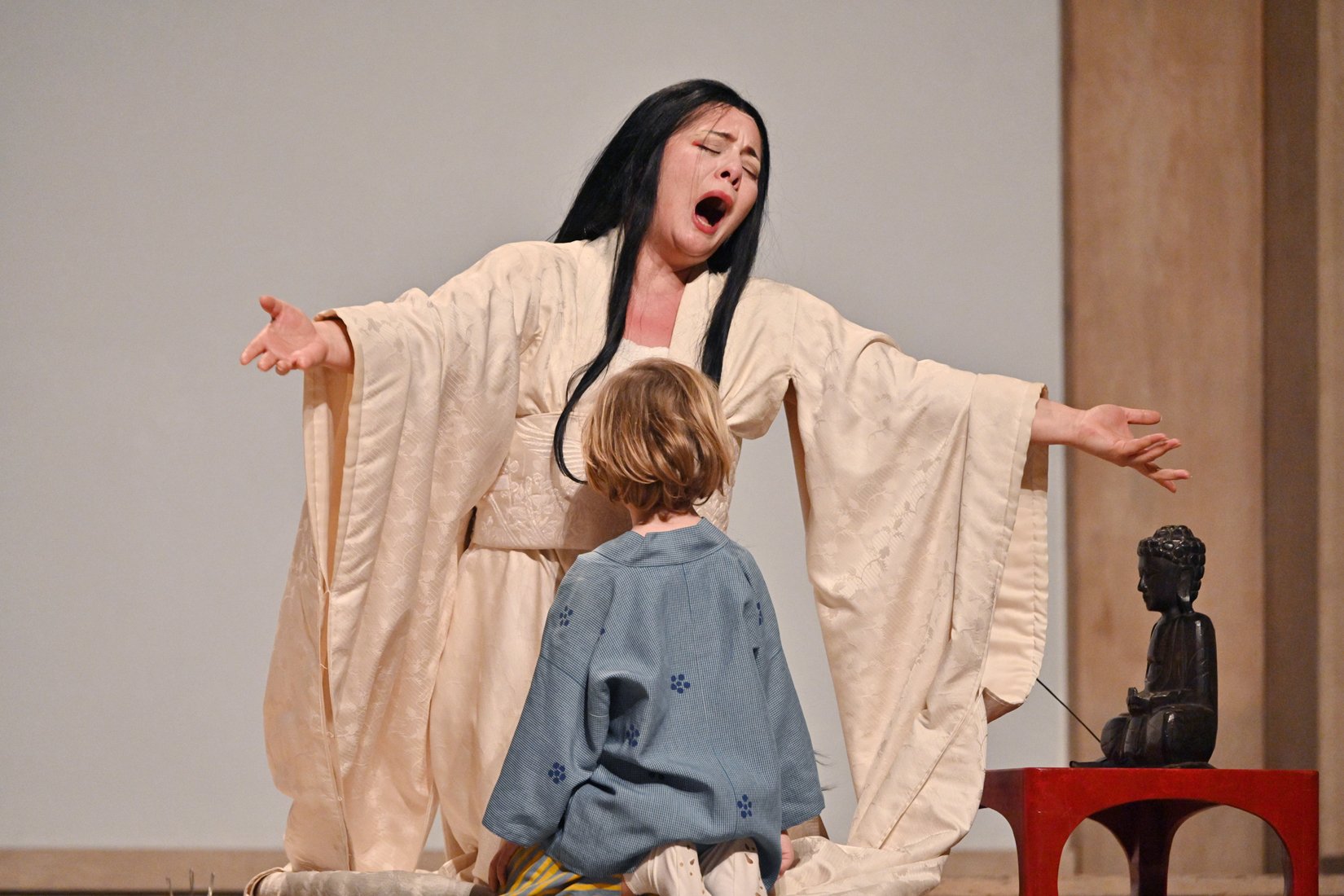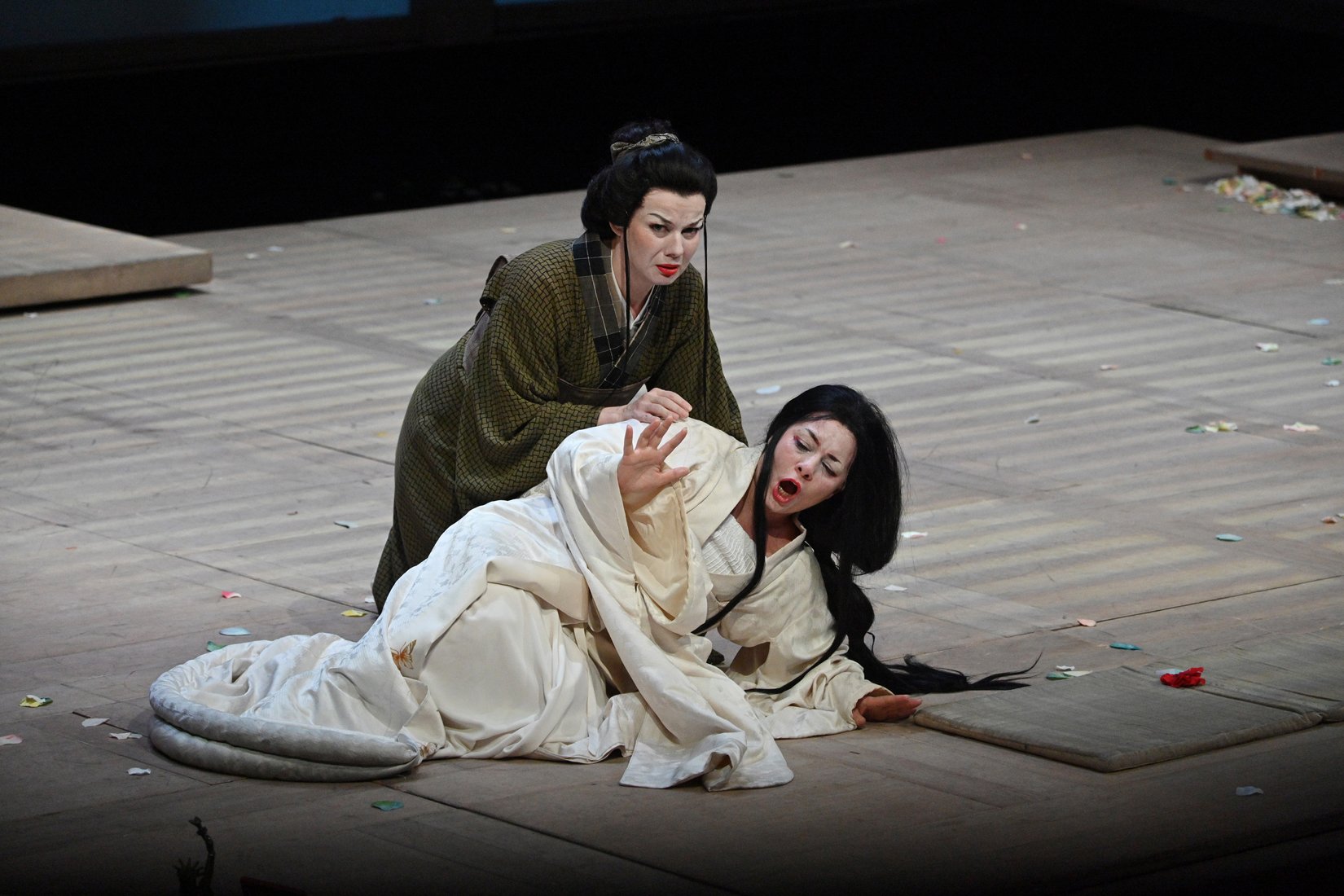
Premiered in 1904, 'Madama Butterfly' completes the central core of Giacomo Puccini's work, alongside his three previous successes—'Manon Lescaut', 'La bohème', and 'Tosca'. Set in late 19th-century Japan, this tragedy contrasts extremely delicate music, featuring unforgettable melodic moments, with a dramatic development that culminates in a moving finale, leaving audiences with a lump in their throats.
The libretto of Madama Butterfly includes a subtitle often forgotten today, but essential for understanding the depth that Puccini and his librettists, Luigi Illica and Giuseppe Giacosa, wanted to infuse into one of their most beloved operas. They defined it as a "Japanese tragedy," a very significant distinction in the early 20th century, as much of cultured, refined Europe had long been seduced by the allure of distant Japanese culture. Today, Japan is generally more familiar and accessible, but at the end of the 19th century, it was truly mysterious. Western countries and Japan had barely exchanged trade, art, or science until then: the Japanese had lived almost 300 years isolated from the rest of the world, reopening only in the 1870s with the Meiji Restoration—a movement that dismantled the feudal system and granted new powers to the emperor. This reawakening of Japan brought an influx of what became known as "japonisme" to Europe, including ukiyo-e art and traditional Japanese clothing. In opera, this trend toward "Orientalism" produced exotic, distant settings in works such as Carmen, Thaïs, Aïda, and Les pêcheurs de perles. Butterfly is deeply rooted in this tradition, as would also be the case later with Puccini’s final work, Turandot.

What first moved Puccini, of course, was the story of Cio-Cio-San, the drama’s protagonist, itself a product of the proliferation of stories set in late-19th-century Japan. The origins can be traced in Madame Chrysanthème, a novel by Pierre Loti, later in the story Madame Butterfly by John Luther Long, and finally in the play by David Belasco, which served as the basis for the opera's libretto.
«One of Madama Butterfly's achievements is its quest to incorporate Japan’s unique identity into a universal soul. »
Puccini, true to his meticulous work ethic, wanted his Japanese tragedy to capture the ambiance and culture that had begun to reach Europe, marked by a hazy aesthetic characterized by nature’s presence and ancient rituals, often described as the "floating world." One of Madama Butterfly's successes is that, far from leaning on mere exoticism—a choice that often results in superficial, parodic works marked by a colonial-era cultural superiority—he sought to incorporate Japan’s unique identity into a universal soul. Puccini, for example, ordered books on Japanese music to study its melodies—many of which were incorporated into the score, including Japan’s current national anthem, Kimigayo. Even though neither Puccini nor his librettists were deeply familiar with Japan, they strove to avoid trivializing it.

This profound concept permeates the acclaimed production by Moshe Leiser and Patrice Caurier, originally funded by London’s Royal Opera House and Barcelona’s Gran Teatre del Liceu in 2003, and now one of the most sought-after modern stagings of one of the most frequently performed operas in history. This will be its third restaging in Barcelona; in London, it has had ten. The French-Belgian duo has proposed a completely historicist setting that transports the story to the exact moment in which it takes place, at the end of the 19th century, allowing the audience to “discover” Japan with the same innocent gaze as many Westerners who could observe Nagasaki Bay upon disembarking from their ships around 1870.
«The Leiser and Caurier production combines traditional Japanese aesthetics with a careful realism in representing the ethical values of medieval Japan.»
All of Madama Butterfly’s action takes place in the house that Lieutenant B. F. Pinkerton bought to live in with his future wife, Cio-Cio-San. Christian Fenouillat's set design faithfully captures the organization and aesthetic of such constructions, with sloping roofs, tatami floors, and space divisions made of sliding doors. The changing backdrop reflects, through replicas of Japanese Meiji-era art, nature’s presence and the passing seasons. The costumes, designed by Agostino Cavalca, are faithful to the time period for both Japanese and Western dress; those captivated by the elegance of a kimono will no doubt feel a Stendhalian thrill at every element on stage.

However, Madama Butterfly is not just a good example of “japonisme” from over a century ago in its aesthetics, but also in its ethics. This drama works because the young protagonist’s character—who, facing humiliation, finds an escape in death—is profoundly Japanese as well: she assumes responsibility for her mistakes and makes her final decision with a sense of honor that culminates in ritual suicide, using the seppuku technique—cruel but purifying.
«This will be the fourth time this production graces the Liceu’s stage, acclaimed since its 2003 debut as one of the most exquisite and faithful to Puccini’s spirit. »
This sharp contrast between the aesthetic beauty of the stage and the harrowing destruction of Butterfly’s pure emotions makes this production one of the most balanced and faithful in recent decades, continuing to draw out the best in the music and words of the opera that Puccini considered his finest composition.

